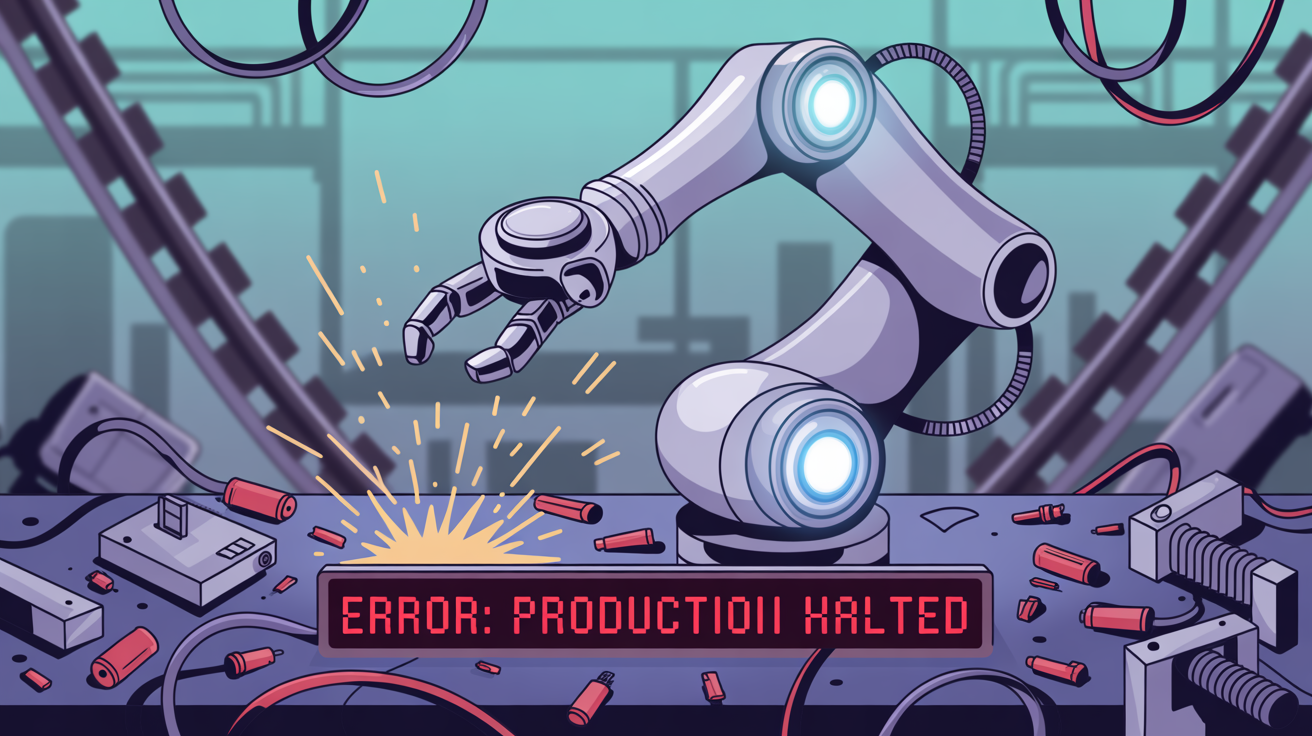
AI agents accelerate development, but blind trust can lead to catastrophic failures. Here are three real-world examples (based on 2024-2025 incidents) where AI-generated code caused critical production outages.
Case 1. The “Optimized” API That Killed Payments
What happened:
A startup team used GitHub Copilot to refactor their payment microservice. The AI suggested “optimized” code that:
-
Replaced a stable HTTP library with an experimental one prone to timeouts
-
Removed “redundant” (but critical) bank response validation checks
Result:
-
During peak traffic, 30% of transactions failed silently while being marked “successful”
-
Users were double-charged, forcing manual refunds and emergency rollback
Lesson:
AI doesn’t understand business logic. “Optimized” ≠ “Working”
Case 2. Auth Vulnerability From “Simplified” Code
What happened:
A ChatGPT-5 based agent implemented OAuth authentication, but:
-
Used a deprecated library version with known vulnerabilities (CVE-2024-12345)
-
Ignored mandatory
scopeandnonceparameters, considering them “optional”
Result:
Attackers forged tokens within 2 weeks, accessing 5,000+ user records
$200K+ spent on investigation and patches
Lesson:
AI can’t assess security risks. All auth flows require manual review
Case 3. Architecture Chaos From “Smart” Service Splitting
What happened:
An autonomous AI agent (like Devin) was tasked with breaking a monolith into microservices. It:
-
Created 7 new services for what previously required 2 modules
-
Introduced circular dependencies (Service A → B → C → A)
-
Duplicated business logic across 3 services
Result:
-
System became unscalable—40% of resources wasted on inter-service calls
-
Required 6-month rewrite to fix the architecture
Lesson:
AI lacks big-picture thinking. Architecture needs human oversight
Bridging to Solutions
“These cases aren’t arguments against AI—they’re proof we need guardrails. Next, we’ll explore checkpoints where human review is non-negotiable.”
Coming in Part 2:
-
Key stages for manual code inspection
-
How to balance AI autonomy with control
-
Team workflow adaptations
Comments are closed